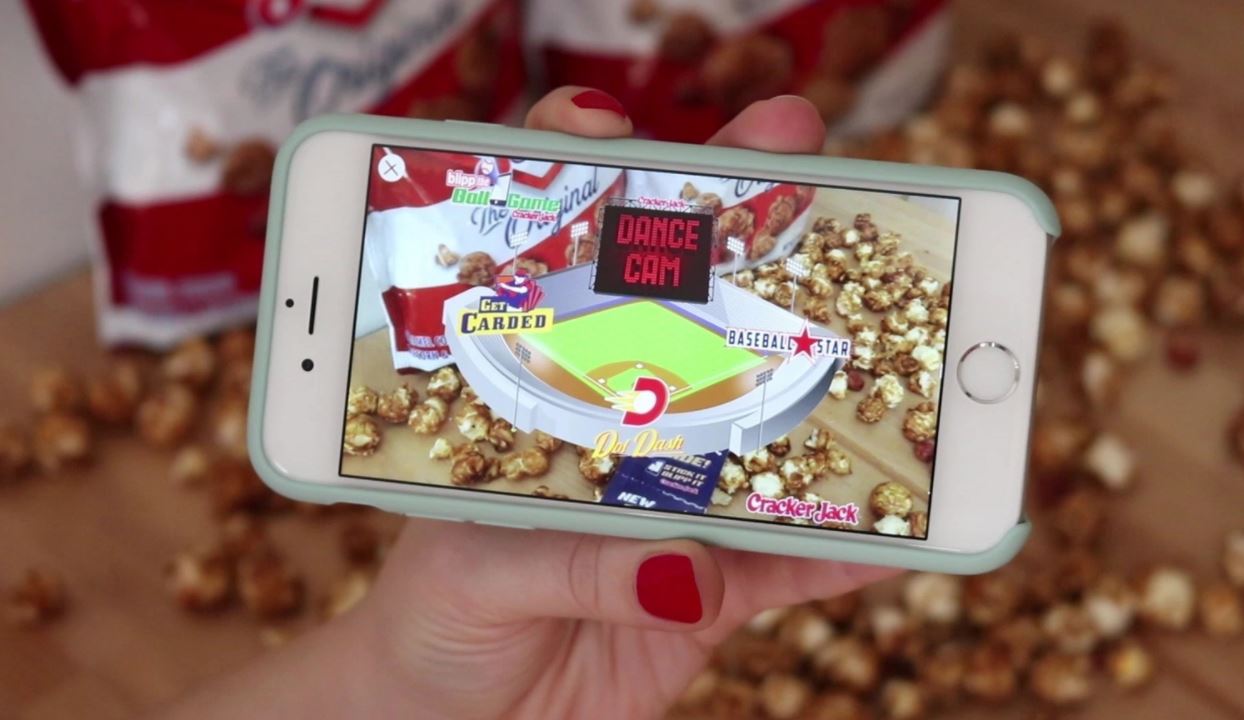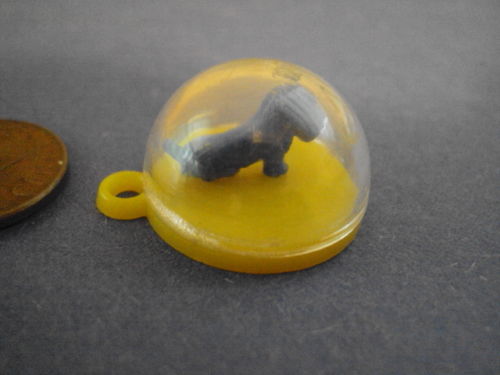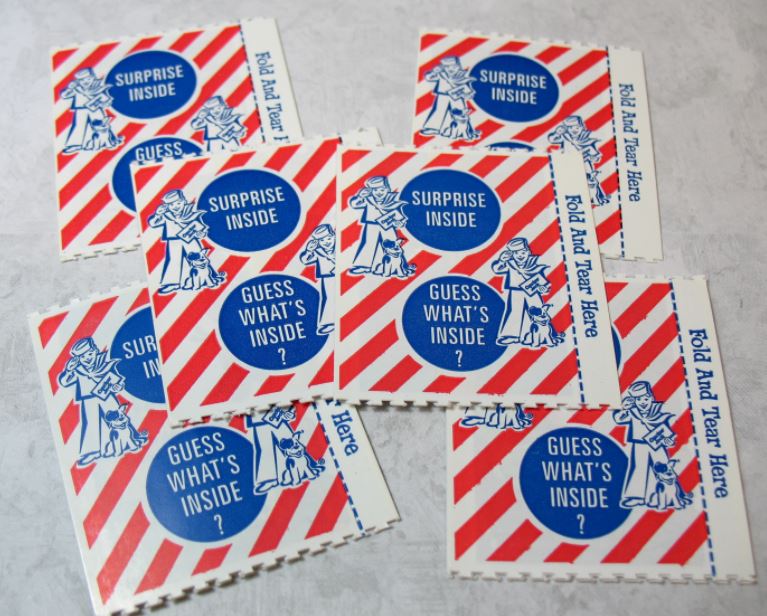It’s early April 2016. You’re a junior associate at a PR firm. You get an e-mail from your boss, Haston Lewis, senior director of marketing, Frito-Lay, saying, “Cracker Jack is dropping its prize and replacing it with a scannable code that will unlock four baseball-themed experiences on their mobile device. Let’s sidestep the fact that the physical prize is being dropped, OK?” And then the junior associate gets to work, pounding out PR-speak like
With this redesign and new mobile game experience, the Cracker Jack brand embraces a modernized, young-at-heart attitude while keeping that treasured feeling of childhood wistfulness.
Yes, this is a fictional look at what might have transpired. But what’s true is this: We are not fooled. Sadly enough, the ascendancy, decline, and fall of the Cracker Jack prize–from The Metal Age down to what I call The Nothingness Age–follows the course of U.S. manufacturing.
The Metal Age
1930s: Figural Tin Whistles
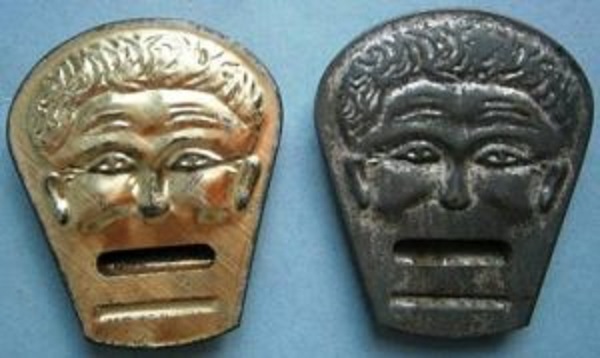
1940s: Coins Commemorating U.S. Army
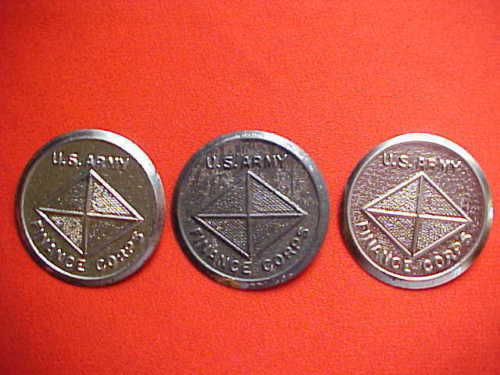
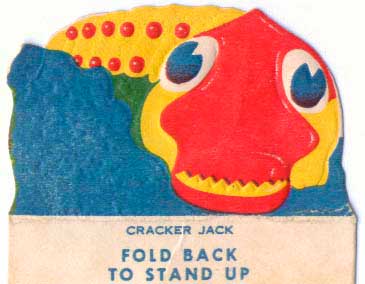
Paper prizes added to Cracker Jack during WWII to conserve resources.
The Plastic Age
1950s: Miniature Dishes

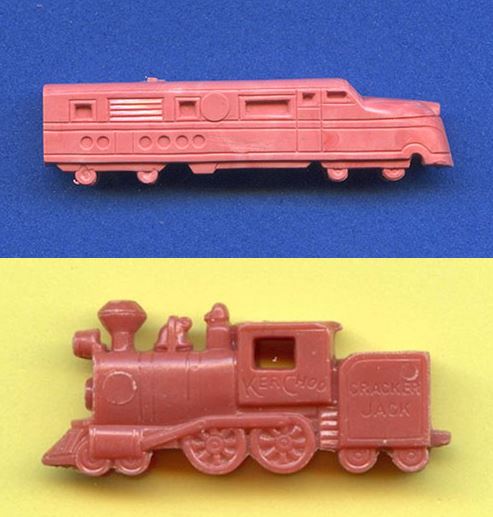
1960s: Colorful Plastic Animals
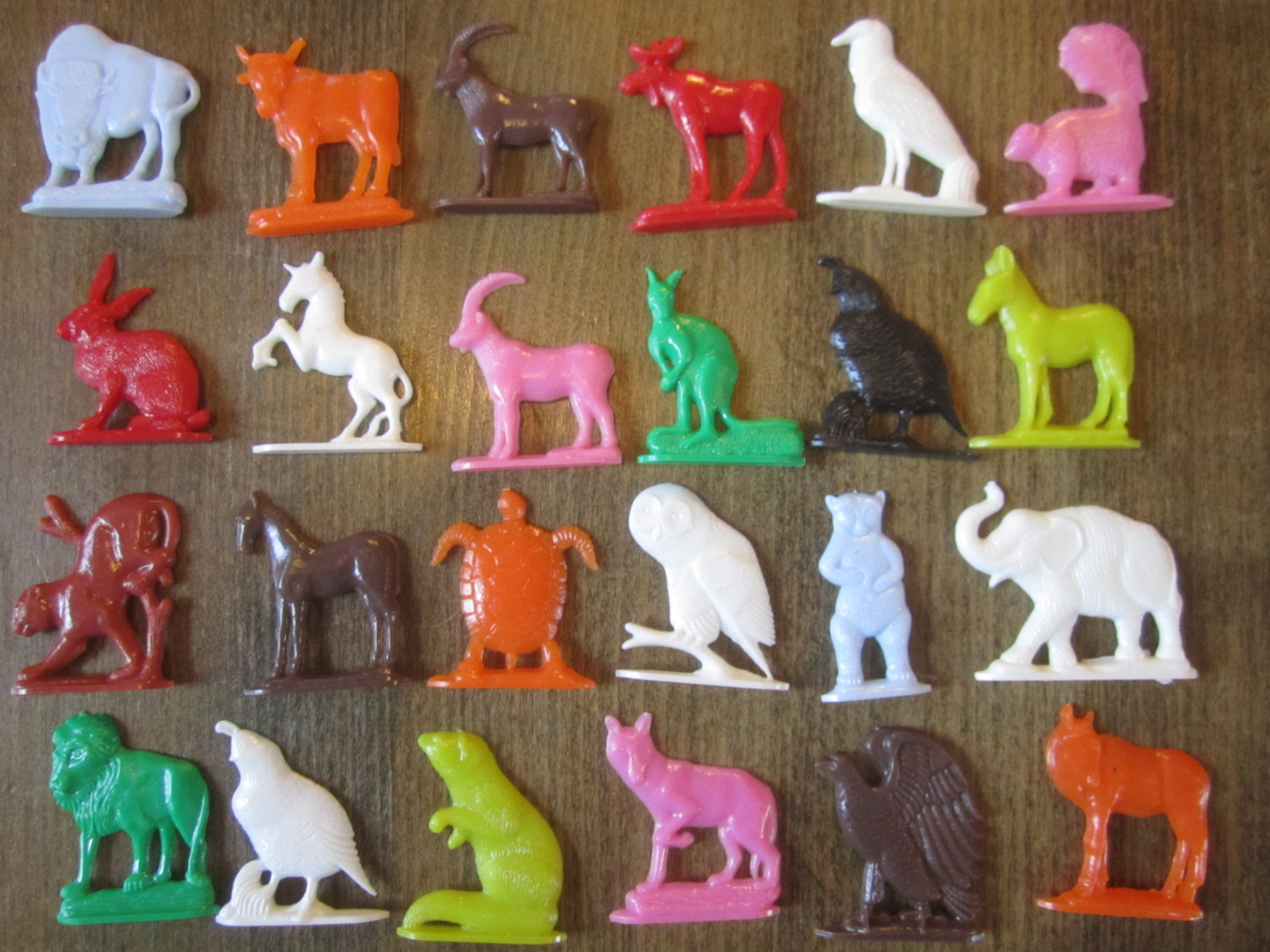
Dome Dog 1960s Cracker Jack Prize1970s: Rectangular Mazes and Games
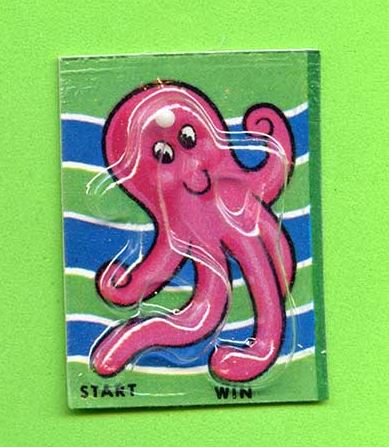
The Paper Age
1980s to 2000s: Flat, Dumb Pieces of Paper
The Nothingness Age
2016: Q Code That Unlocks Baseball App
